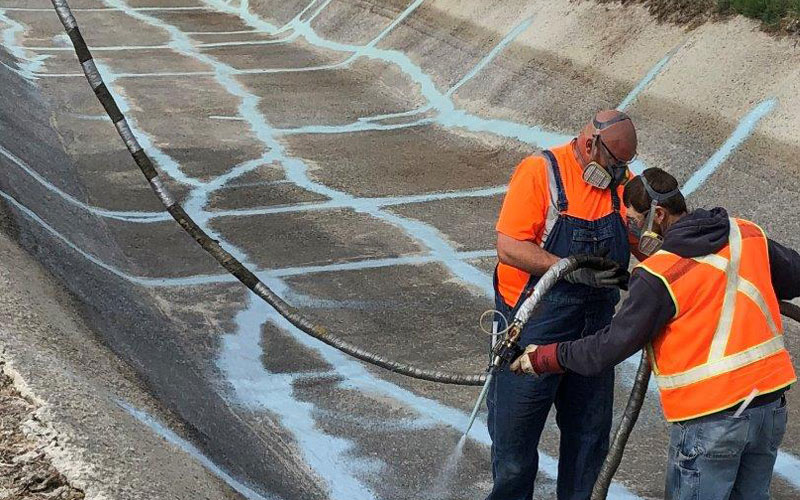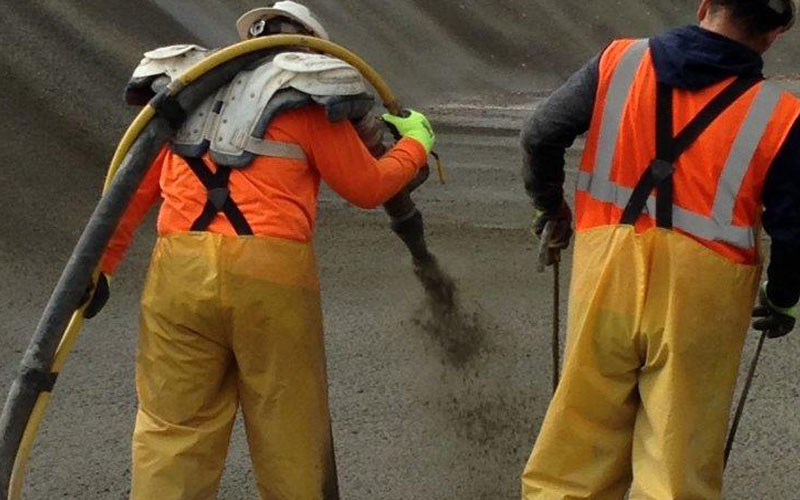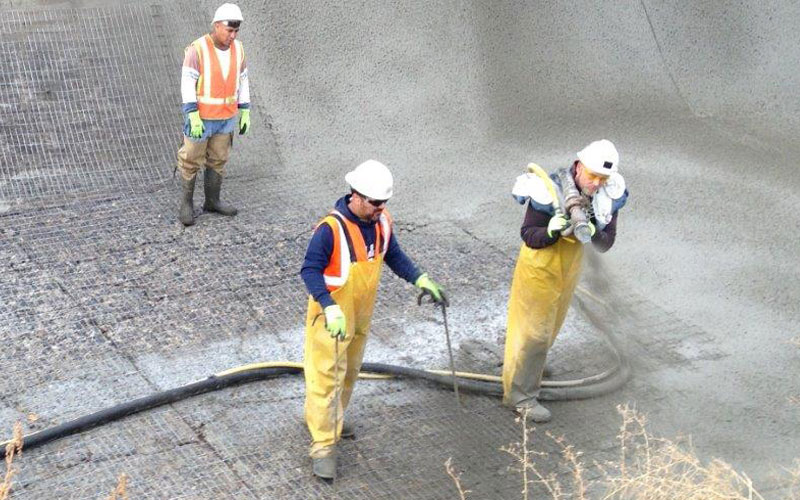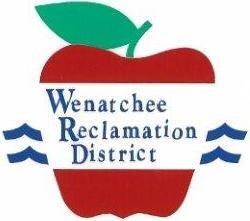History
As early as 1892, Wenatchee founders envisioned a gravity-flow canal that would bring water to crops planted throughout the Wenatchee Valley.
It took another 10 years for the vision of a high elevation canal to become reality. But 100+ years later the Highline Canal continues to flow its entire length – 34 miles between Dryden and Rock Island – without one single pump.
In the fall of 1901, local ranchers, merchants and landowners contacted William T. (W.T.) Clark, builder of the Selah and Moxee canal near Yakima, to consider such a project. The ranchers, merchants and landowners who would benefit from water delivered by a canal system financed the study. Clark and engineer Marvin Chase studied the canal project and declared the project feasible.
In May 1902, Clark was awarded a water right to divert water from the Wenatchee River, but construction of the hand-dug ditch between Dryden and Wenatchee wasn’t completed until 1903.
It was September 1903 before a pipeline took the canal water over the Wenatchee River to Wenatchee.
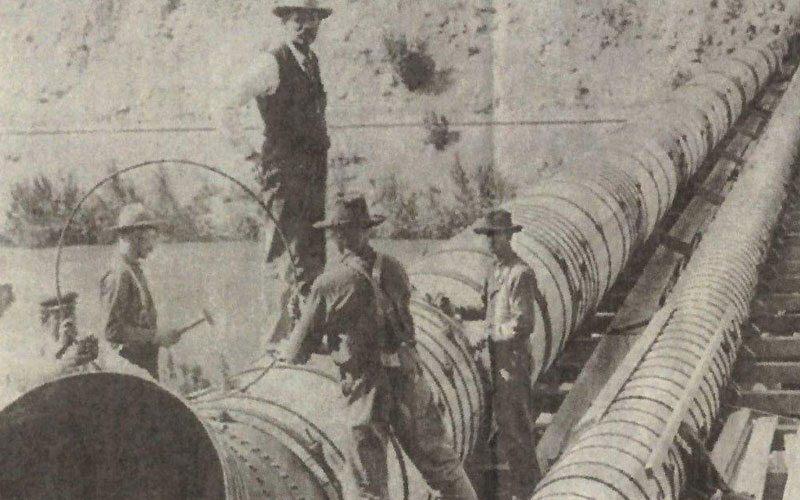
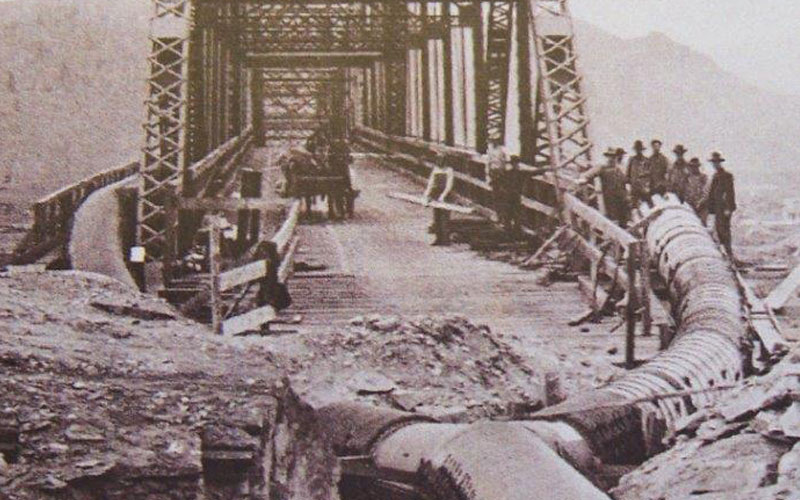
And another five years to find funding and build a bridge to carry a pipeline from Wenatchee over to what is now East Wenatchee. The bridge, which also carried vehicles, was the first in the state to span the mighty Columbia River.
In 1914, W.T. Clark and his associates divested their holding in Wenatchee Canal Company. In December, a petition was brought before the Board of County Commissioners of Chelan County requesting the formation of the Wenatchee Reclamation District.
In January 1915, the Board of County Commissioners of Chelan County entered an order declaring that parts of Chelan and Douglas Counties were duly organized as an irrigation district under the name of Wenatchee Reclamation District. The first Board of Directors were Conrad Rose, President, A.H. Mohler and C.T. Haskell, as directors, and W.T. Knapp as the first secretary. Wenatchee Reclamation District purchased all the properties of the Wenatchee Canal Company including its irrigation canal, laterals, water rights appurtenances, and decided to reconstruct, improve and enlarge the system.
Today, the District continues to improve and modernize the canal system by utilizing shotcrete and other materials
